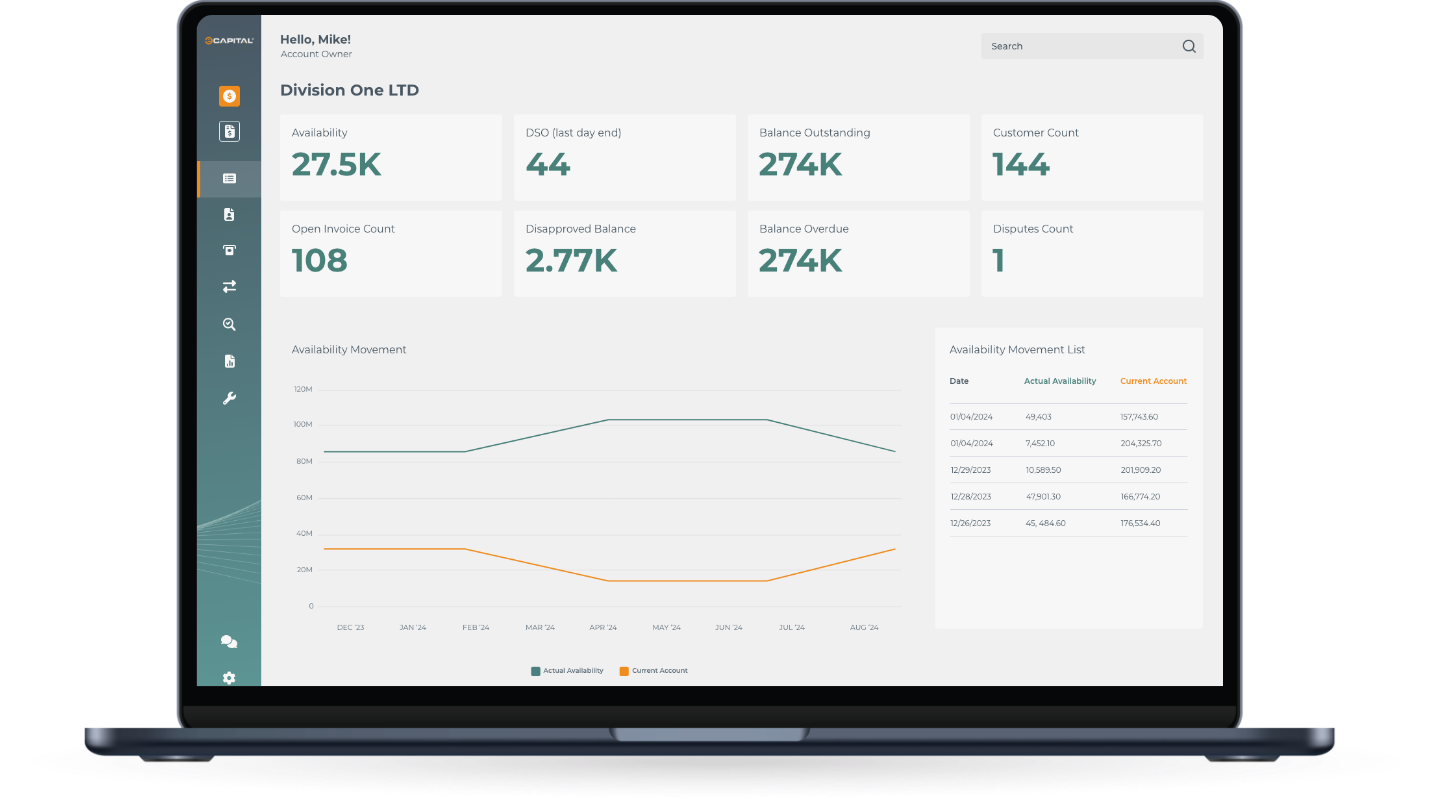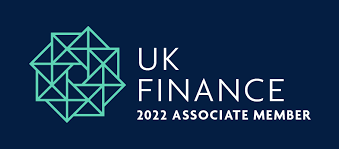Both solutions help businesses release cash tied up in unpaid invoices, but they work in different ways.
With invoice discounting, your entire sales ledger (or a large portion of it) is typically funded on an ongoing basis. You remain responsible for credit control and collections, while the finance provider operates in the background. This arrangement is often confidential, giving you full control of customer relationships while ensuring consistent working capital as sales grow.
Selective invoice finance, on the other hand, gives you the flexibility to choose which customer accounts to fund. Instead of committing your whole debtor book, you can raise cash against individual customers when you need it most—for example, to cover a short-term cash flow gap, take advantage of a supplier discount, or fund a specific project. This makes it particularly useful for SMEs that only require funding occasionally or want tighter control over costs.
In short, invoice discounting provides ongoing funding across your receivables, while selective invoice finance offers a more flexible, “pick and choose” approach. eCapital offers both solutions, so whether you need continuous liquidity or occasional support, you can choose the structure that aligns best with your business needs.



